SAT-Kabel IRM 7 User manual
Other SAT-Kabel Measuring Instrument manuals

SAT-Kabel
SAT-Kabel SPM 22 PF User manual
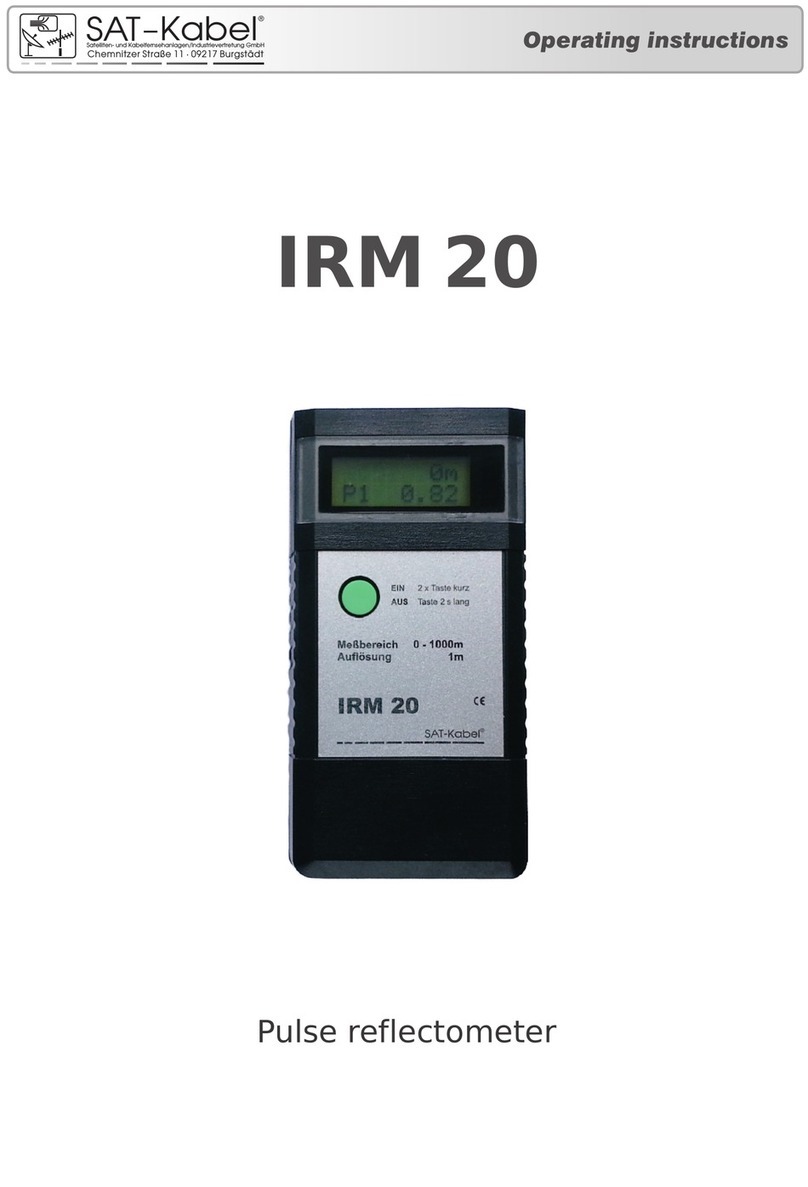
SAT-Kabel
SAT-Kabel IRM?20 User manual
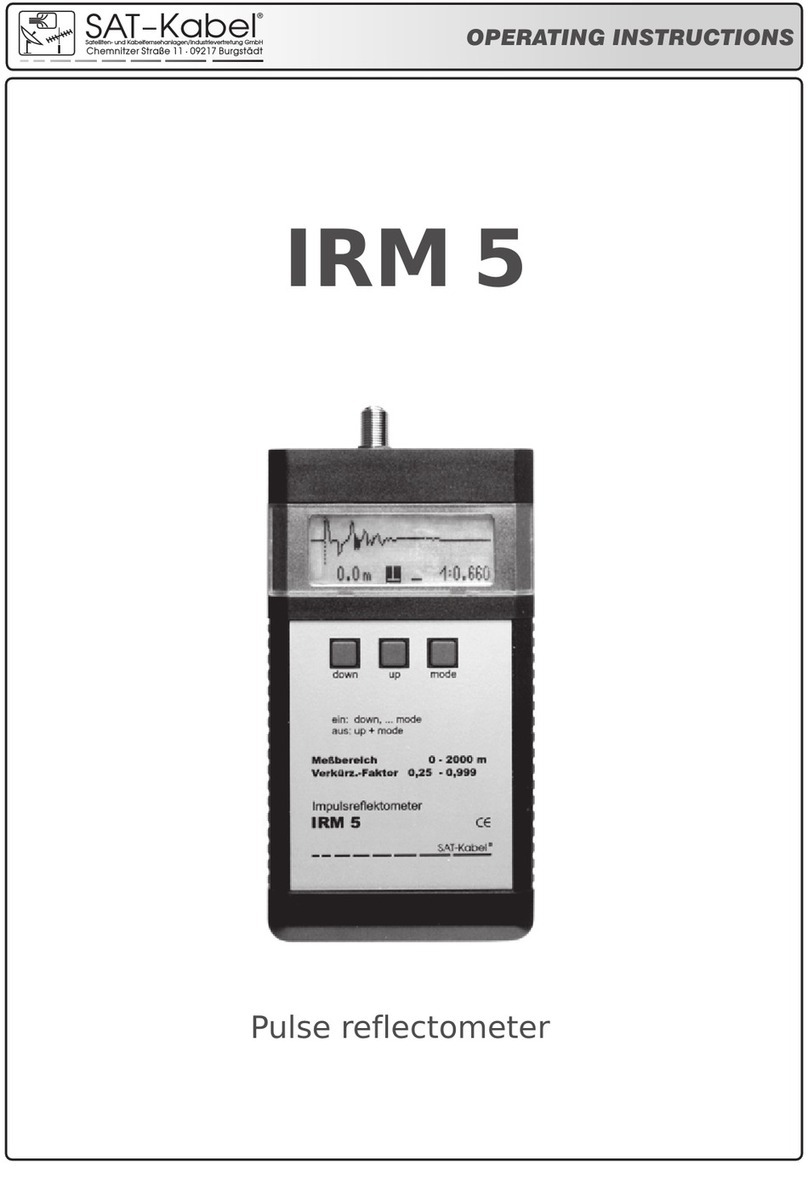
SAT-Kabel
SAT-Kabel IRM 5 User manual
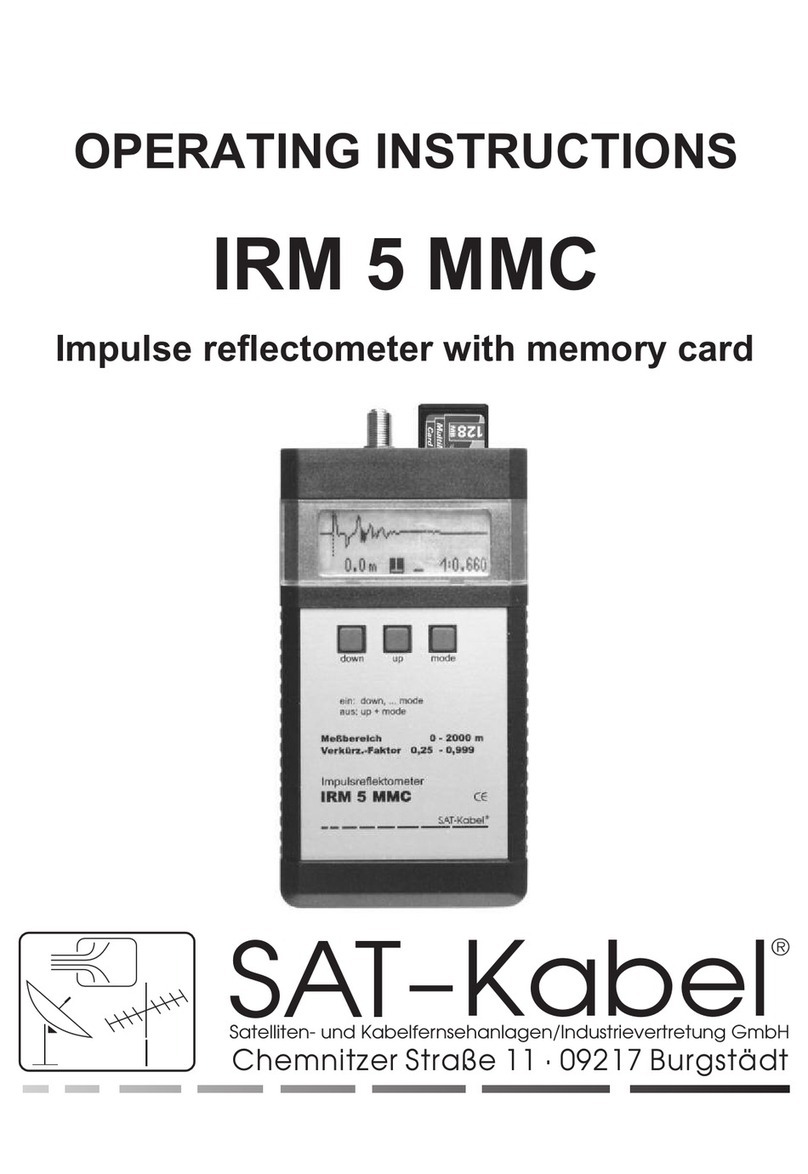
SAT-Kabel
SAT-Kabel IRM 5 MMC User manual
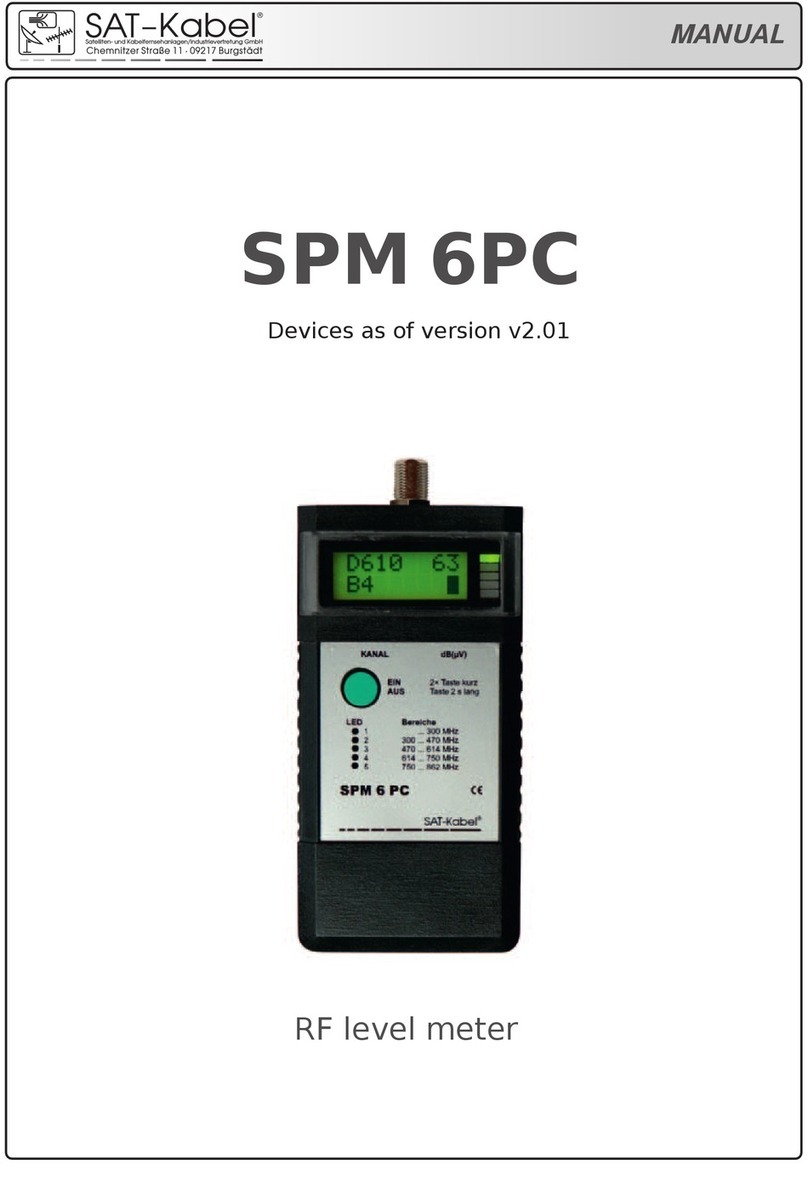
SAT-Kabel
SAT-Kabel SPM 6PC User manual
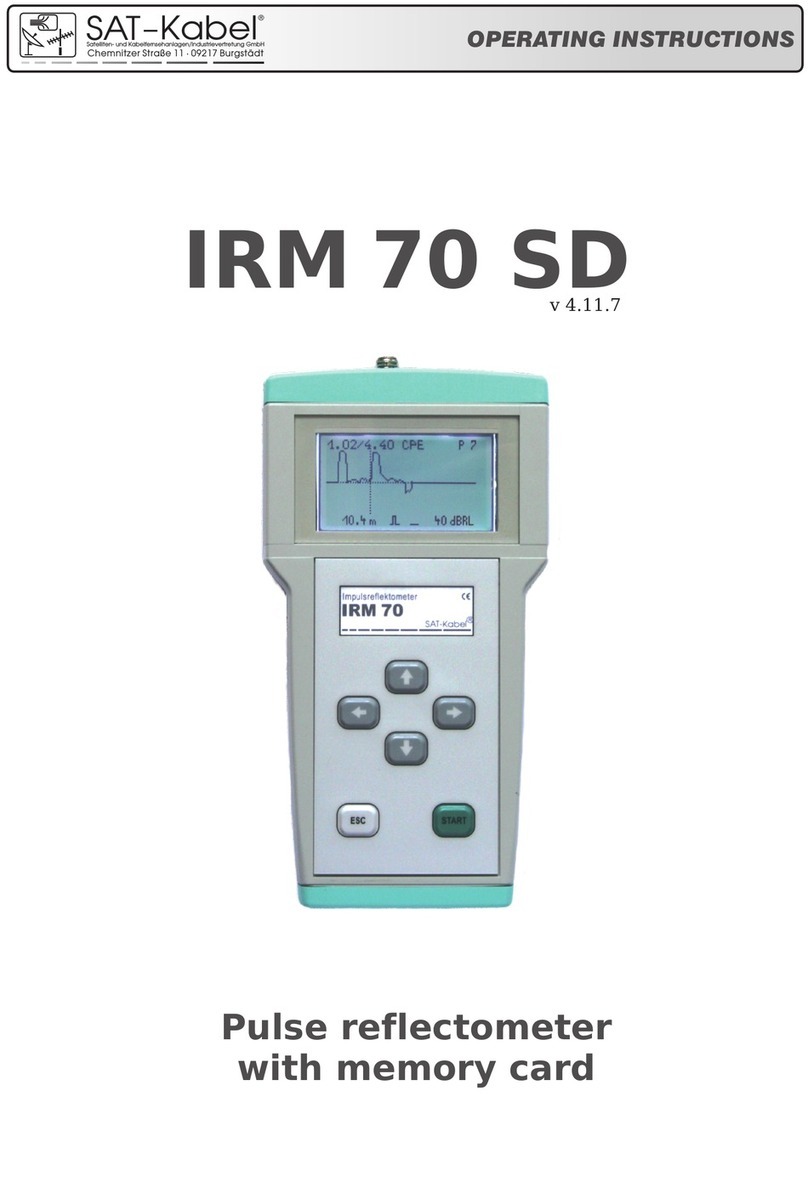
SAT-Kabel
SAT-Kabel IRM?70 SD User manual

SAT-Kabel
SAT-Kabel CATVmeter User manual

SAT-Kabel
SAT-Kabel TVmeter HD-T Setup guide
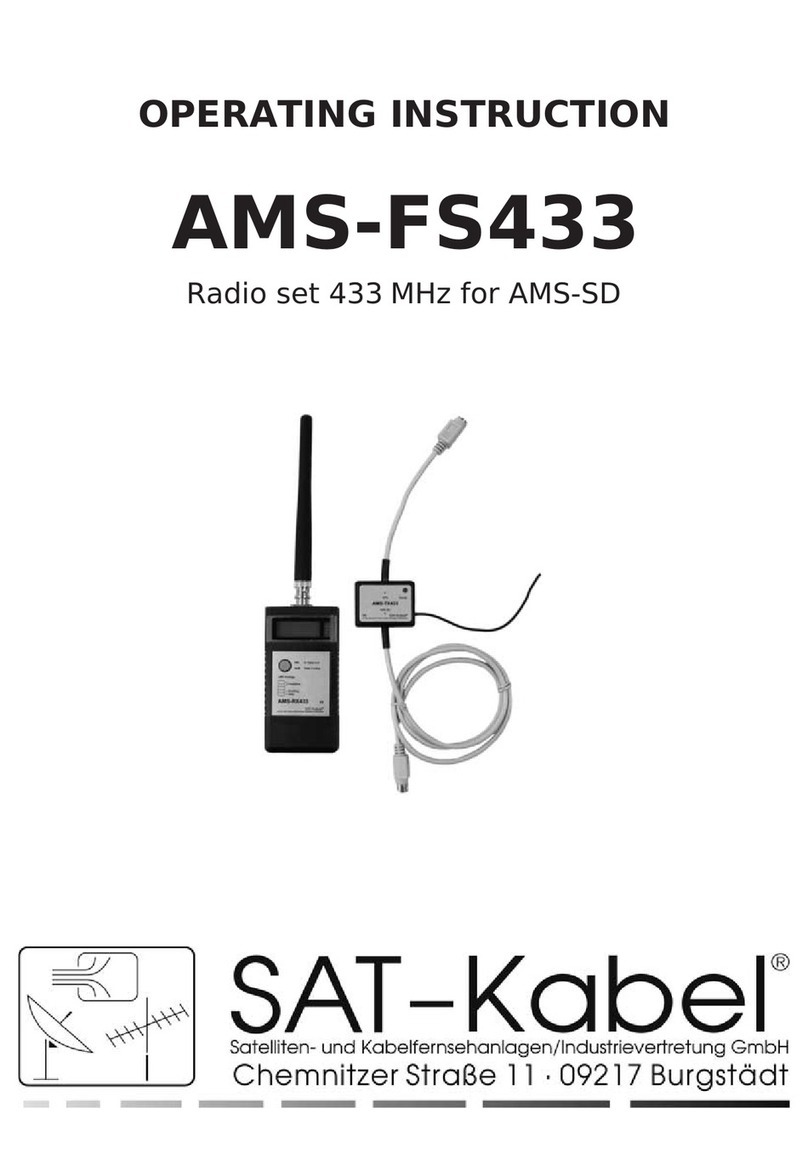
SAT-Kabel
SAT-Kabel AMS-FS433 User manual
Popular Measuring Instrument manuals by other brands

Powerfix Profi
Powerfix Profi 278296 Operation and safety notes

Test Equipment Depot
Test Equipment Depot GVT-427B user manual

Fieldpiece
Fieldpiece ACH Operator's manual

FLYSURFER
FLYSURFER VIRON3 user manual

GMW
GMW TG uni 1 operating manual

Downeaster
Downeaster Wind & Weather Medallion Series instruction manual

Hanna Instruments
Hanna Instruments HI96725C instruction manual

Nokeval
Nokeval KMR260 quick guide

HOKUYO AUTOMATIC
HOKUYO AUTOMATIC UBG-05LN instruction manual

Fluke
Fluke 96000 Series Operator's manual

Test Products International
Test Products International SP565 user manual

General Sleep
General Sleep Zmachine Insight+ DT-200 Service manual















